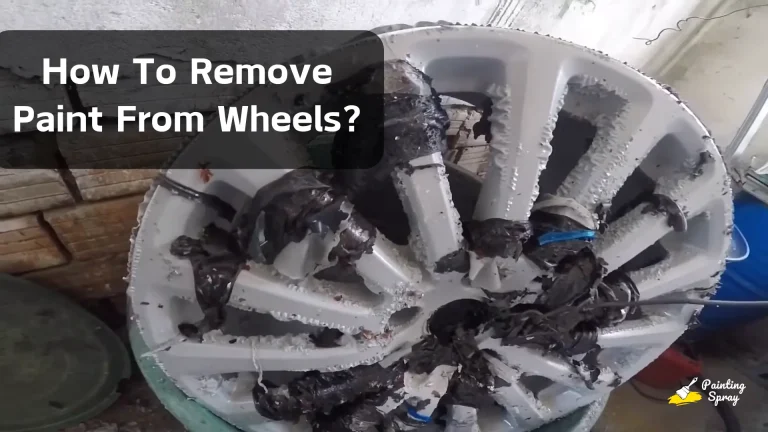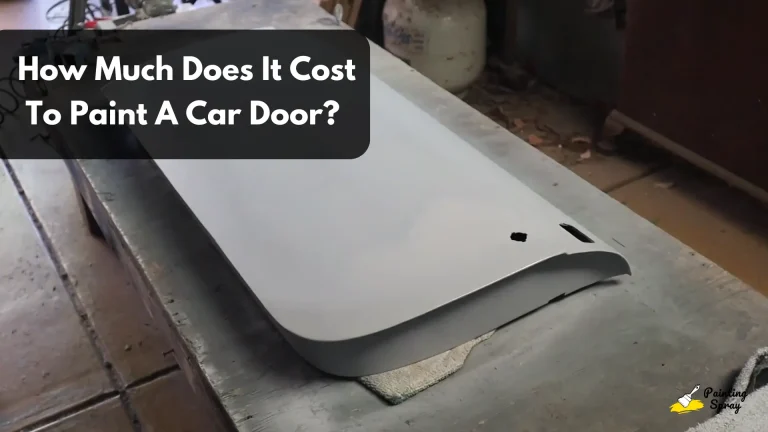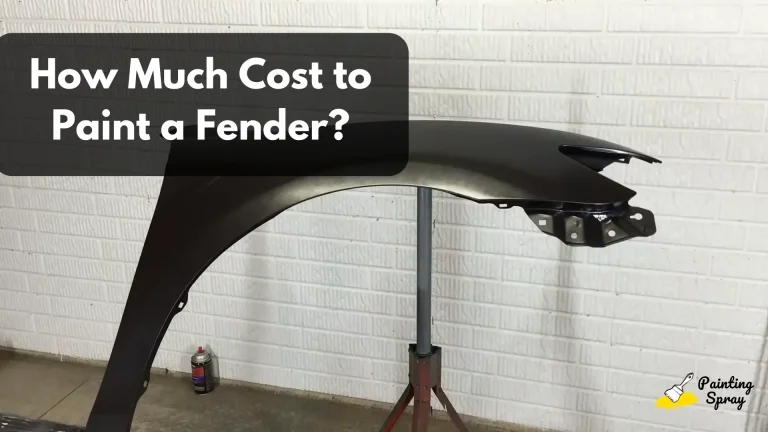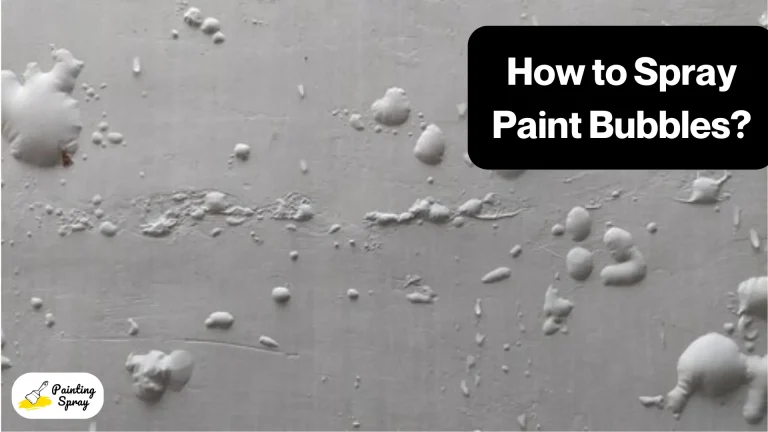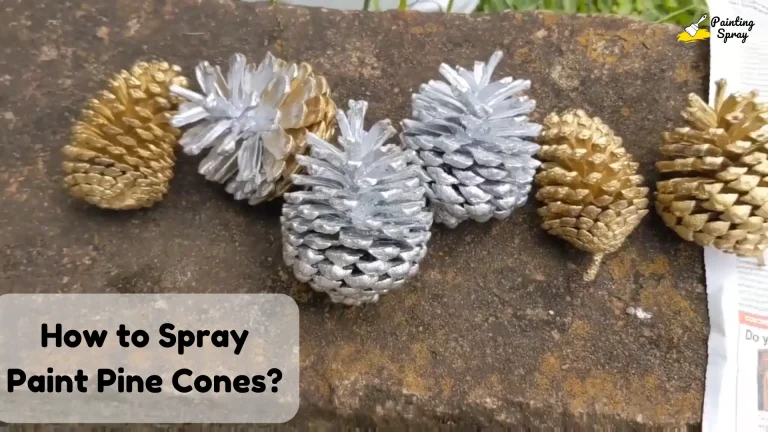How Much Does It Cost to Paint a Bumper? Understanding Pricing Factors and Options

Painting a bumper can give your vehicle a fresh look or help cover up scratches and dents. The cost to paint a bumper typically ranges from $150 to $500 for professional services, depending on factors like prep work, paint quality, and vehicle size. If you’re considering a DIY approach, you might save some money, but you need to factor in supplies and time as well.
Whether you choose to hire a professional or tackle the job yourself, knowing the estimated costs can guide your decision. Many shops offer varying levels of service that can significantly impact the final price. Understanding these options will help you make an informed choice that fits your budget and needs.
Investing in a bumper paint job can enhance the appearance of your car and protect its surface. Learning about the different factors that affect the price will prepare you for what to expect when getting your bumper painted.
Key Takeaways
- Professional bumper painting costs between $150 and $500.
- DIY painting can be less costly but requires time and effort.
- Understanding factors affecting cost helps you make better choices.
Understanding Bumper Painting
Bumper painting involves several key elements that affect the final result and costs. Knowing these components helps you make informed decisions about your bumper’s appearance.
Components of a Bumper Paint Job
When you decide to paint your bumper, several components come into play. Preparation is essential; this includes cleaning the surface and using sandpaper to remove the old paint or roughen the surface for better adhesion.
You may also need drop cloths to protect the surrounding areas from paint overspray.
Once prepared, you choose the type of paint, which significantly influences quality and durability. After painting, applying a clear coat is crucial as it protects the base coat from damage and enhances shine.
Types of Paint
Choosing the right type of paint is important for achieving the desired look and durability. There are several options available:
- Single-stage paint: This paint does not require a clear coat and is easier to apply. It is often used for quick touch-ups.
- Base coat/clear coat system: This involves two layers. The base coat provides color, while the clear coat adds protection and gloss.
- Specialty paints: These include metallic and pearlescent finishes, which can be more costly but offer unique visual effects.
Each type has its advantages, so consider your budget and the look you want.
Preparing for a Paint Job
Preparation is critical for a successful bumper paint job. First, clean the bumper to remove dirt and grease. Use sandpaper to sand down the surface, ensuring it is smooth and free from old paint.
You may also need to fill in any scratches or dents before beginning.
Make sure to cover any areas you don’t want painted with drop cloths. This step protects your vehicle’s surface. Good preparation helps the paint adhere better, leading to a more durable finish.
DIY Versus Professional Bumper Painting
When deciding how to paint your bumper, you have two main options: doing it yourself or hiring professionals. Each choice has distinct advantages and potential drawbacks which can affect both the cost and the final result.
DIY Bumper Paint
DIY bumper painting can save you money. You might spend between $50 and $150 on supplies. This typically includes sandpaper, a base coat, and a clear coat to protect the paint.
To start, carefully sand the bumper to remove any old paint or imperfections. Make sure to clean it thoroughly. Follow the paint manufacturer’s instructions for application to get a good finish.
While DIY can be rewarding, the quality may not match that of professionals. You might not have access to premium paint and tools, which can limit the durability and appearance of the job.
Professional Bumper Paint Services
Hiring a professional auto body shop usually costs between $200 and $600 for bumper painting. This range depends on factors like the shop location and the complexity of the job.
Professionals have experience and access to high-quality materials. They use advanced techniques to ensure a smooth finish. The job often includes sanding, priming, and multiple layers of paint.
Additionally, a professional service may offer warranties or guarantees on their work. This means less worry for you if something goes wrong later. While it costs more upfront, the final results often justify the investment.
Estimating Your Bumper Paint Job Cost
When planning to paint your bumper, it’s essential to consider various factors that can influence the overall cost. Different aspects like the type of damage, paint quality, and vehicle type all play significant roles in determining your final expenses.
Factors Affecting Bumper Paint Cost
Several key factors can impact the cost of painting your bumper. First, the condition of your bumper matters. If it only needs a touch-up, costs could be lower, ranging from $50 to $300. If the bumper is heavily damaged, the price can increase significantly.
Next, the type of vehicle is important. Larger vehicles, like SUVs or trucks, may require more materials and labor, resulting in higher costs.
The type of paint you choose also affects the price. Standard paint is usually less expensive than premium options, which are more durable and often provide a better finish.
Lastly, if the paint needs to be color matched for a seamless look, this can add to the overall expense due to the extra labor and specific materials needed.
Sample Price Ranges
Understanding the price ranges for bumper painting can help you budget effectively. Here’s a breakdown of typical costs:
- DIY Painting: $50 – $150 for supplies if you choose to do it yourself.
- Professional Services: The cost varies:
- For minor scratches or touch-ups, expect $150 – $300.
- More extensive repairs or full paint jobs can range from $300 to $1,000.
If you opt for a premium paint job from a reputable shop, costs can reach $900 to $1,500. This higher price typically includes more extensive prep work and better-quality materials. Knowing these ranges helps you make an informed decision based on your specific needs.


